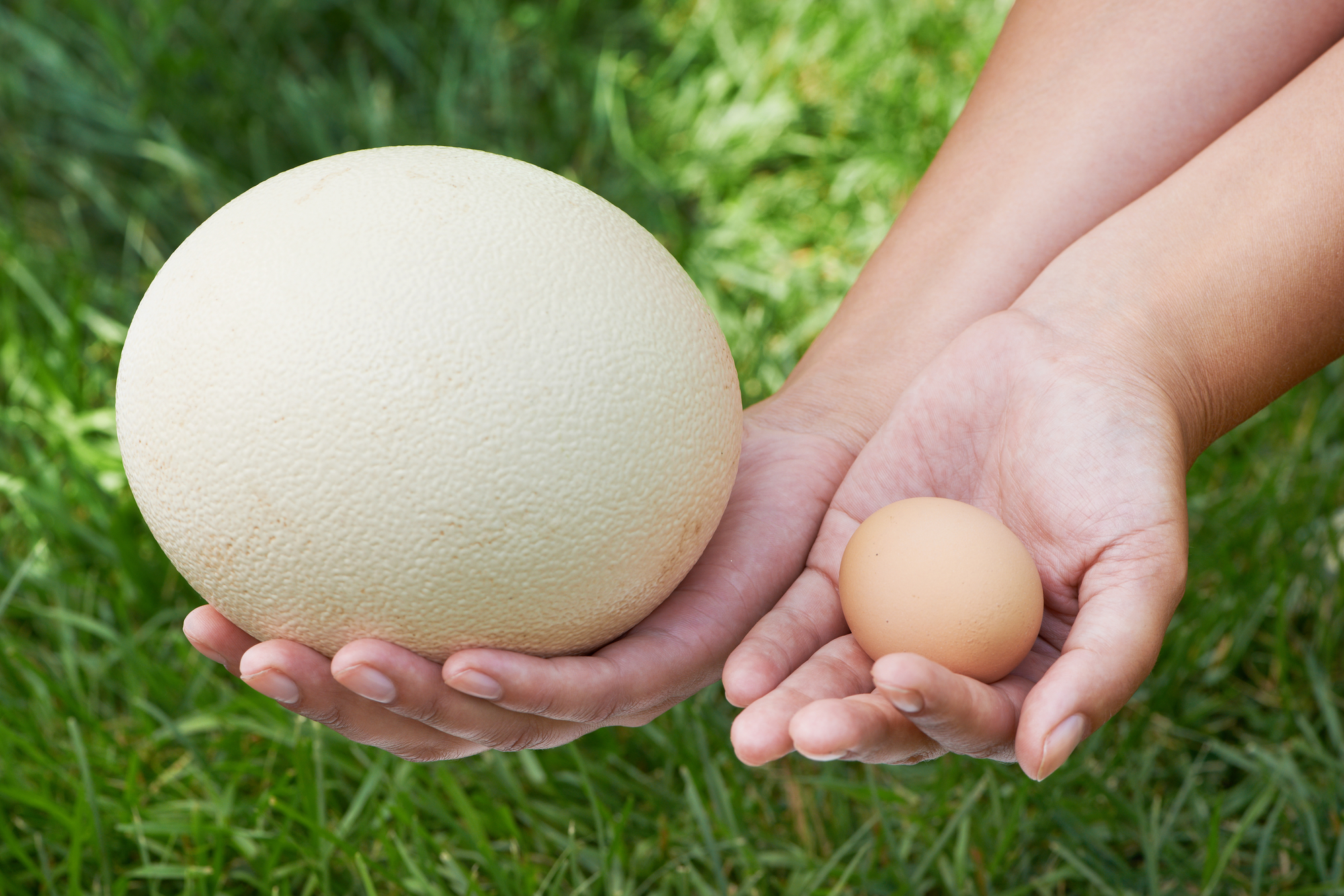Eggs
Eggs are composed of mostly water, with proteins, fats, and minerals. Eggs are a versatile food that are prepared as a stand-alone food or combined with other ingredients to create sauces, custards, batters, and foams.
Farmed & Processed Eggs
Most eggs are produced in large factory farms, and some are not very hospitable environments for chickens. They are exposed to artificial light and live in small battery cages that are two or three rows high. Each cage can house from 3-10 chickens in a very cramped space. Some plants are being modernized for better lighting and space accommodations. More humane methods are being used by producers to give consumers options when purchasing eggs.
Free Range eggs, as defined by the USDA, require that birds have access to the outdoors.
Cage-free eggs are eggs from birds that are not raised in cages but in floor systems, usually in an open barn.
Organic eggs come from chickens fed organic feed and given no antibiotics.
Vegetarian eggs are produced from chickens fed only vegetarian feed with no meat added.
Eggs and Salmonella
Heirloom Eggs
Undercooked eggs in sauces like mayonnaise and Hollandaise always carry the risk of active salmonella bacteria, so cooking them to 140°F for 5 minutes or 160°F for one minute is recommended. Pasteurized eggs, heated to temperatures between 130-140°F/55–60°C (just below the range in which the egg proteins begin to coagulate), are also an option and are available in a variety of forms, including whole, separated, or dried.
Egg Quality and Grading
Egg quality grading is voluntary and based on a letter system, with Grades AA and A being most commonly used for retail purposes. The grading process uses a method called candling to determine quality by passing the eggs on a conveyor belt and shining a backlight through the eggs. More important than grading, freshness affects how well an egg will hold together when poached, fried, or cooked in the shell. Fresh eggs will have thicker whites, and the yolks will not break as easily as older eggs.
Culinary Preparations
Egg yolks are high in protein, fat, and cholesterol. Egg whites are 90% moisture and 10% protein. The yolks are 50% moisture, 30% fat, and 20% protein. Yolks contain lecithin, an emulsifier that is essential to Hollandaise and mayonnaise preparation. Egg yolks add richness and moisture to preparations, including cakes, souffles, and custards.
Egg whites when foamed act as leavening agents in cakes giving them height and volume. They are used in clarifying consommés and for meringues. Because the whites lack fat egg and becuase of this they are very dry, they are useful when a crisp texture is desired, for example on a baked meringue.
Eggs Structure
Quail Eggs
The structure of raw eggs is very loose but as they cook the proteins in the eggs begin to denature or unfold and tangle together in tiny pockets to suspend the moisture in a solid form. Cooking eggs correctly will result in a creamy moist mixture; cook them too much and they become a rubbery mass or they curdle and leech out the moisture. Eggs tolerate lower temperature better than intense heat. Cooking them slowly will control their texture and create creamier custards and sauces.
Duck Eggs
Comparison of Chicken and Ostrich Eggs
Fresher eggs are best for poaching and frying because the whites are thicker and will hold together better.
Older eggs peel easier when cooked in the shell because the gg shrinks and loses moisture as it ages.
Eggs act as emulsifiers and leavening agents and are essential in many preparations, from sauces to cakes.
Eggs add structure and height to cakes.
Whole eggs combined with milk or cream create custard, flan, crème brûlee, and quiche.
Eggs yolks create emulsion sauces including mayonnaise, hollandaise, and crème anglaise.
Egg whites are essential in consommé clarification and, when whipped, create foams like meringues.
Green egg yolks result from overcooking and the interaction of iron and sulfur in the yolk.









